Mirror, mirror on the wall, does Snow White still have the Disney magic at all?
Disney’s Snow White, which released nationwide March 21, had the potential to finally get a live-action adaptation of an animated classic right, but it ultimately fails to recapture the charm of the 1937 original in its attempts to fit the story into modern times.
The original Snow White and the Seven Dwarfs was not only the first ever full-length animated film in the U.S., but also a groundbreaking achievement in animation. With a team of over 750 artists and a $1.5 million budget, Disney was taking a huge risk. But the gamble paid off: Snow White was the highest grossing movie of 1937, and it remains one of the most beloved animated movies of all-time.
The live-action remake, when announced, sounded promising.
23-year old Rachel Zegler, a Golden Globe winner for West Side Story (2021), was cast as Snow White, and Gal Gadot, the star of the hit Wonder Woman (2017) was cast as the iconic Evil Queen; the previews teased a magical setting (a lush forest, a village a swirl of blues and whites); and Zegler promised that outdated mores and inappropriate elements from the original tale (like the prince stalking Snow White) would be removed.
But for a movie seemingly designed to appeal to modern sensibilities, Snow White is full of contradictions.
Departing from the original character, who was cloaked in innocence, vulnerability, and external beauty, the live-action movie introduces a more valiant Snow White. However, despite the apparent good intentions of the filmmakers, there are moments that undercut this “empowered” characterization.
For instance, when Snow White and the bandit Jonathan (played by Andrew Burnap) attempt to escape palace guards, Jonathan urges her to run to safety. Snow White turns to a flock of forest birds, who create a diversion, and the princess returns to Jonathan, unharmed. “I’m impressed,” he says, awed by her escape. But in reality, Snow White doesn’t do much to earn the praise, instead relying on the help of others throughout the movie.
Over and over, the film alludes to her inner strength and independence, but in fact, she is saved by others — birds, “magical creatures” — multiple times, including the climactic moment of rescue by Jonathan’s kiss.
For a movie criticized for being too progressive for its inclusivity, shifting gender roles, and themes of resisting power, Snow White is hardly groundbreaking as it attempts to please those wanting more of the beloved original, and those wanting a rendition with a heroine with agency.
Disney’s attempts to avoid outdated cliches, like the “prince saves the princess” trope, fall short. Despite replacing Prince Florian with a Robin Hood-like thief to juxtapose Snow White’s goodness, Snow White and Jonathan still fall in love very quickly and his kiss still saves the princess. (Albeit not immediately this time, but in two whole days.)
Though Snow White’s character is re-imagined as “fearless, fair, brave, and true” (engraved on her locket, a gift from her dad), her personality remains as flat as it was in 1937. Rather than transforming her into an independent, smart, and capable heroine, the film leans heavily into her kindness – a virtue so all-consuming that she comes off as naive, and, at times, obnoxious.
Snow White’s character, with such potential for depth, especially when portrayed by an actress of Zegler’s caliber, instead appears chronically passive, making it difficult for us to form a meaningful connection with her. And Gadot, while appropriately regal, is much too subdued and bland in a role meant to convey menace and, well, evil.
But even superior acting cannot save the cringe-worthy script by writer Erin Cressida Wilson. The dialogue is clunky and over-explanatory, with Snow White often expressing her motives aloud instead of allowing nuance and mystery to propel the story. In addition, the attempts to modernize the story result in an unnecessarily confusing narrative. (Such as the “magical creatures” who, in the 1937 film, help Snow White defeat the Evil Queen, but here, only appear to pay homage — in full CGI — to the original characters.)
Speaking of CGI, Snow White follows the trend of CGI-heavy, live-action remakes by Disney, such as Cinderella (2015), The Jungle Book (2016), Beauty and the Beast (2017), and The Little Mermaid (2023).
But where the audience appreciated the CGI animals in 2016’s The Jungle Book, evidenced by its $951 million worldwide box office (it’s still the highest grossing Disney live-action remake), the transformation from the hand-drawn dwarves in the original film, to ambiguous magical creatures rendered photo-realistically, is jarring. Snow White’s awkward interactions with these creatures make it appear that she has stumbled into a cartoon she doesn’t belong in.
But while the attempt to modernize the classic tale is half-baked, there are some positives.
Although the film will likely disappoint adults nostalgic for the 1937 version, Snow White provides sufficient entertainment for young children with its uncomplicated story, dancing creatures, colorful animal helpers, and magical setting.
And where the original focused on Snow White’s outward beauty, the remake emphasizes always-relevant themes like beauty from within (powerfully projected by Zegler) and vanity’s ability to ruin a person (epitomized by the Evil Queen’s demise).
Another welcome change is the refreshing reinvention of Snow White’s name. Now, instead of alluding to the character’s “snow white” skin, the name is a reference to the character surviving a deadly snowstorm. It’s a savvy revising of Snow White’s origins to better reflect the diversity of the film’s global audience.
Despite these improvements, however, Snow White is just another example of a Disney live-action remake that struggles to balance the legacy of the originals, while simultaneously reflecting modern times.
Alas, Disney’s remake fever will continue with live-action versions of Lilo and Stitch, Moana, and Hercules set to release this year and next. But perhaps it’s time for Disney to give up on their live-action endeavors for good, and trust that the beloved animated originals are timeless classics best left alone, warts and all.



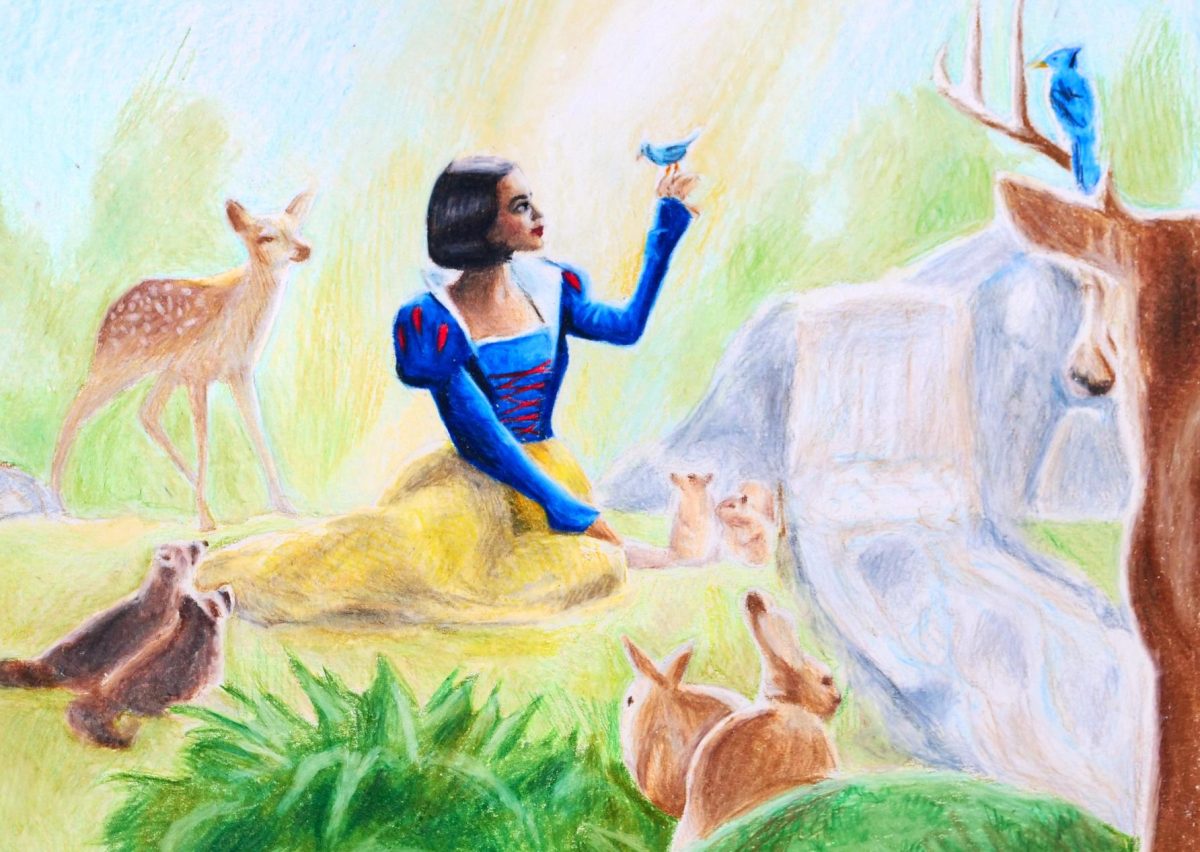
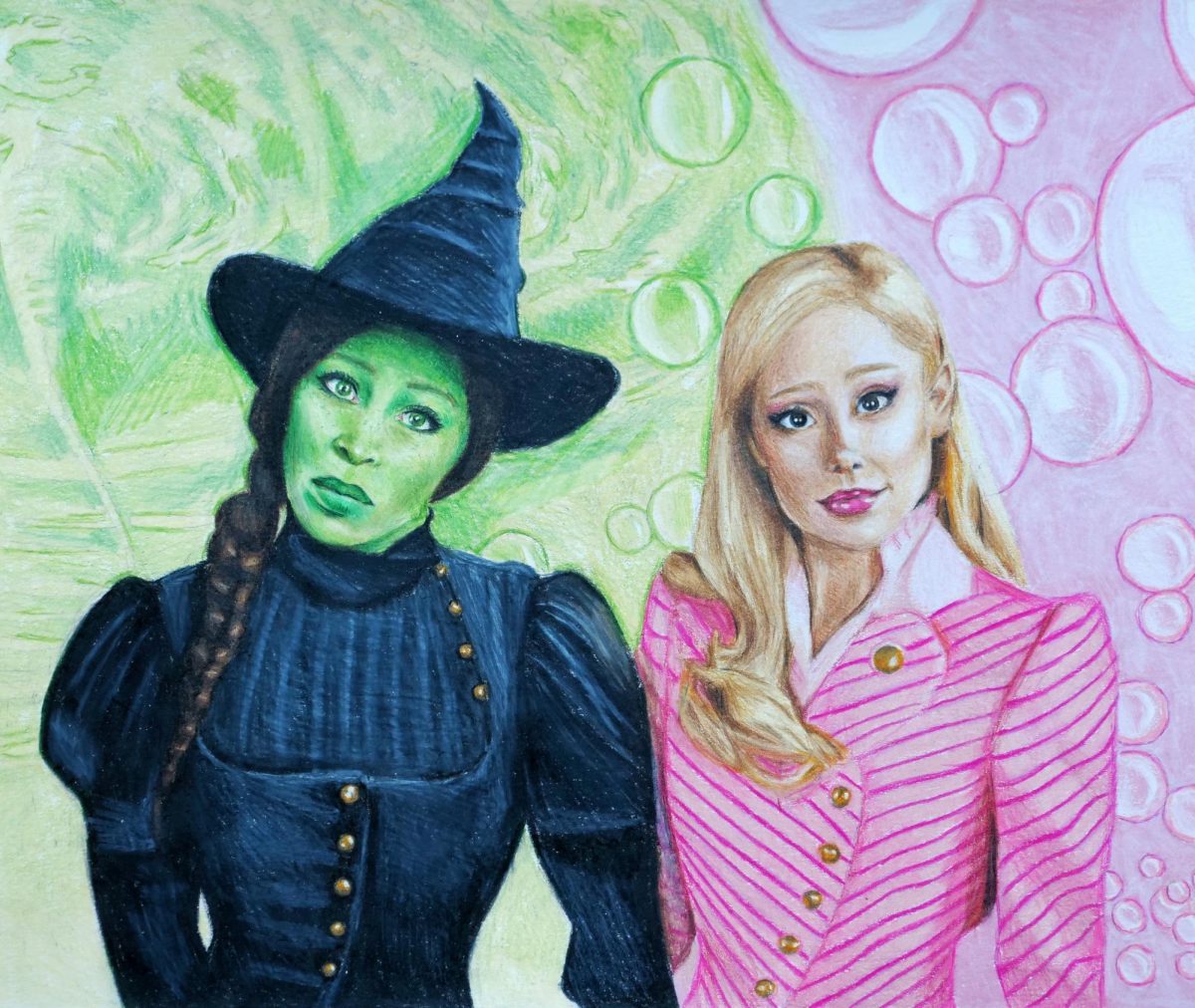
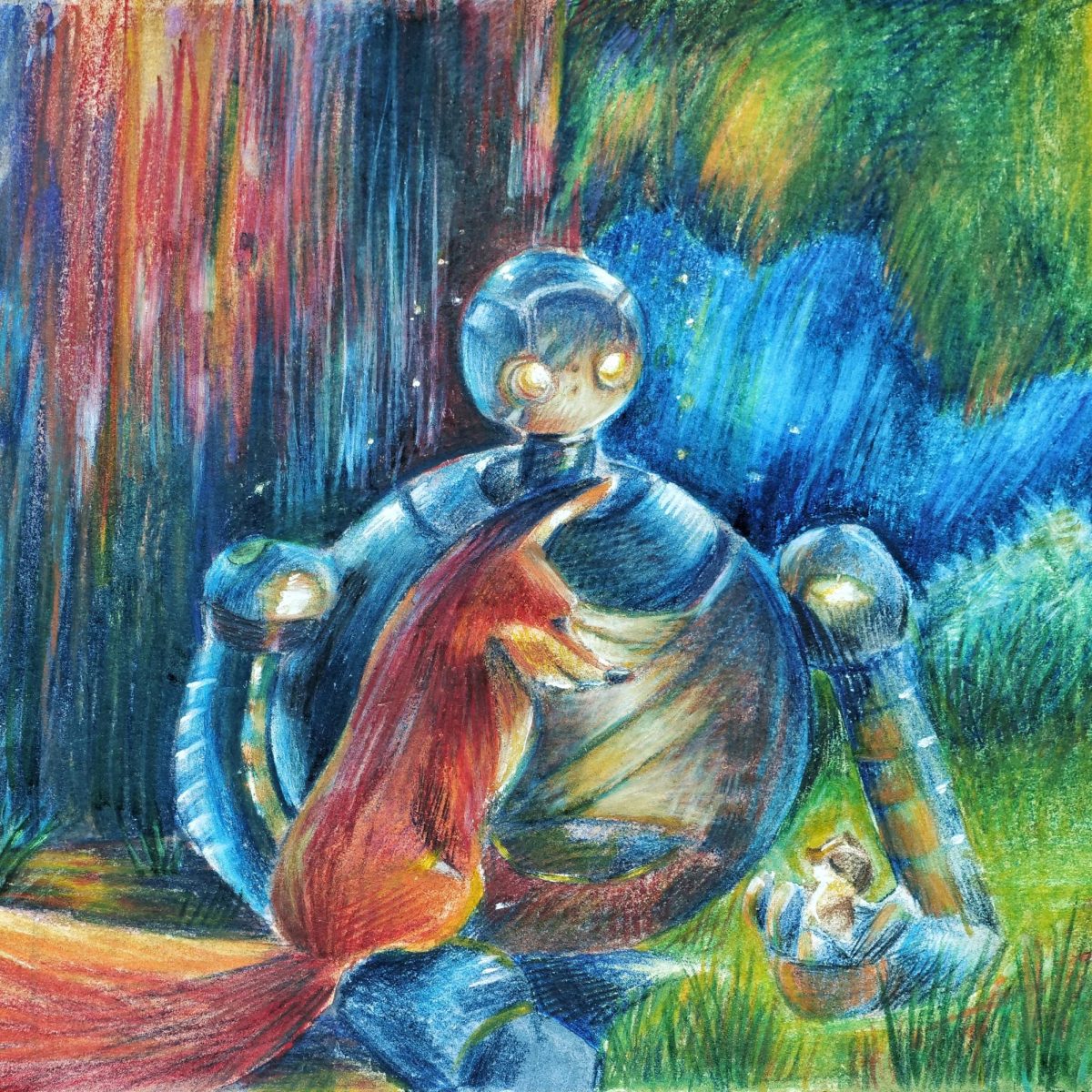
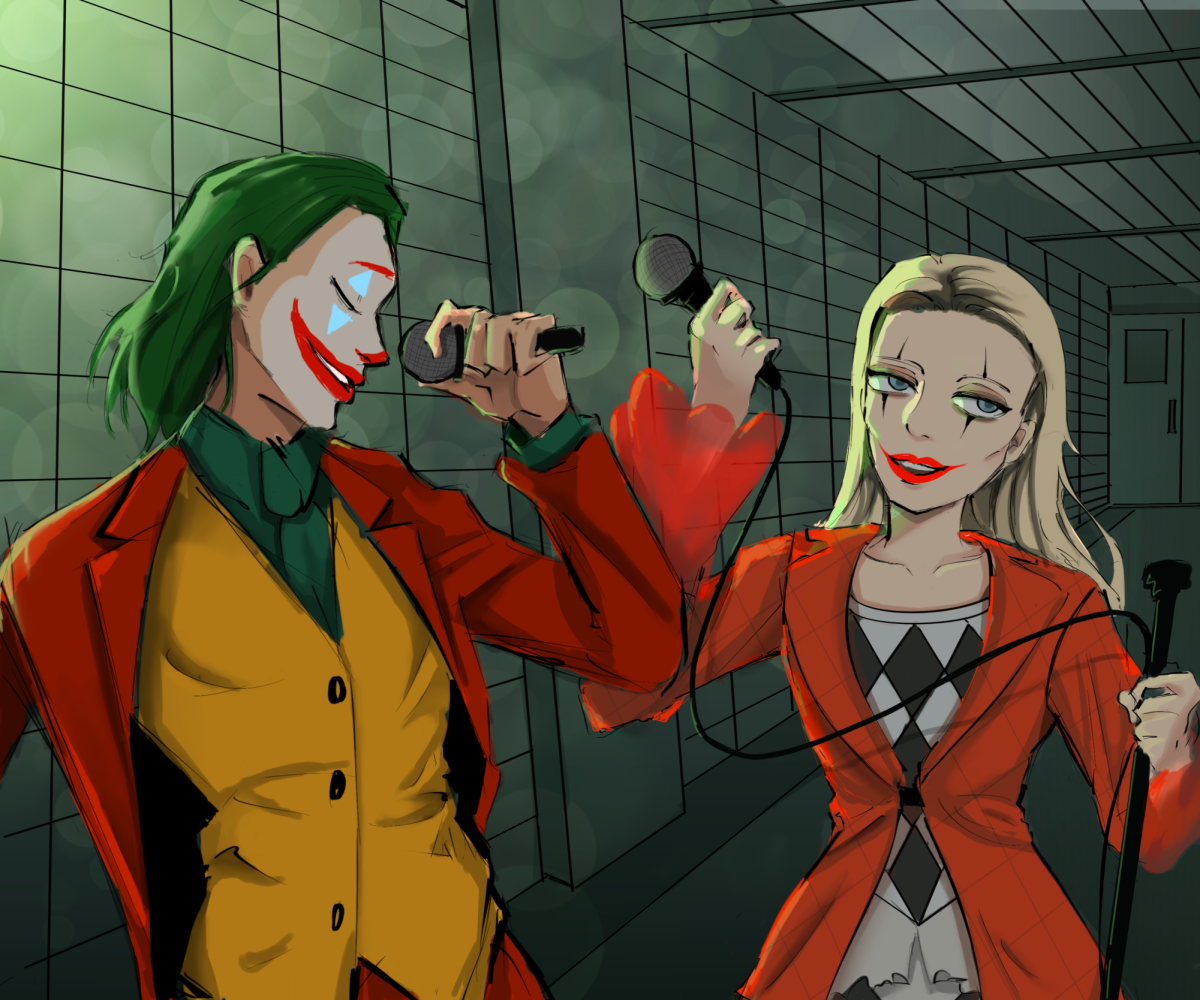
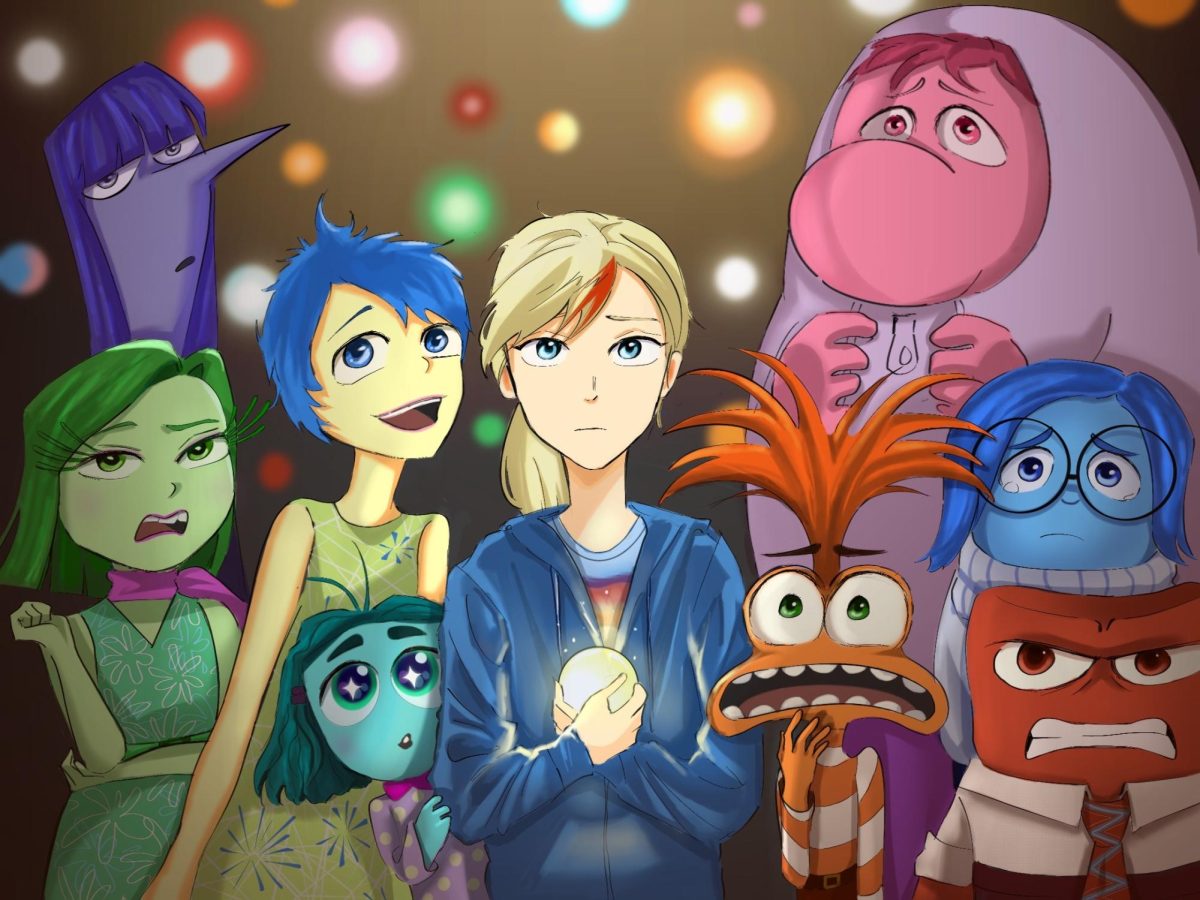
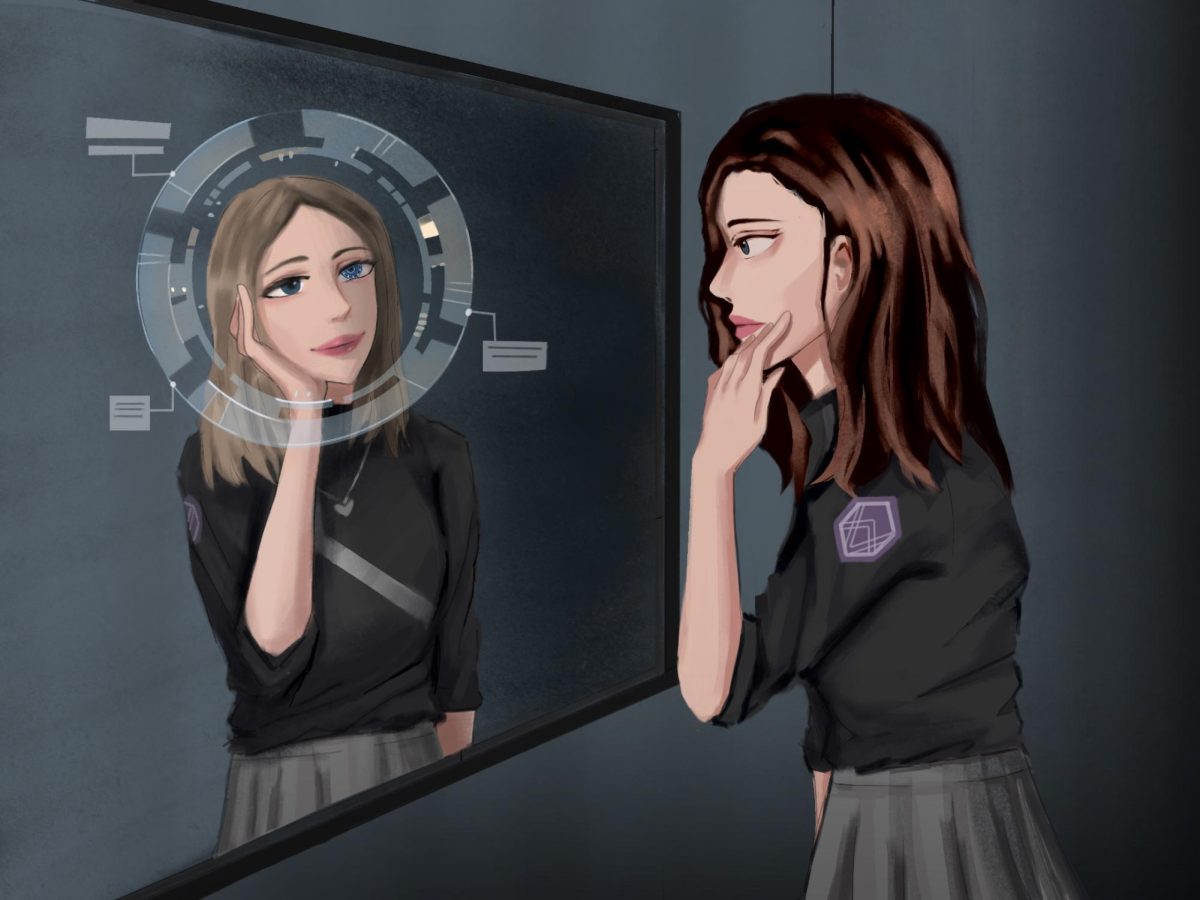
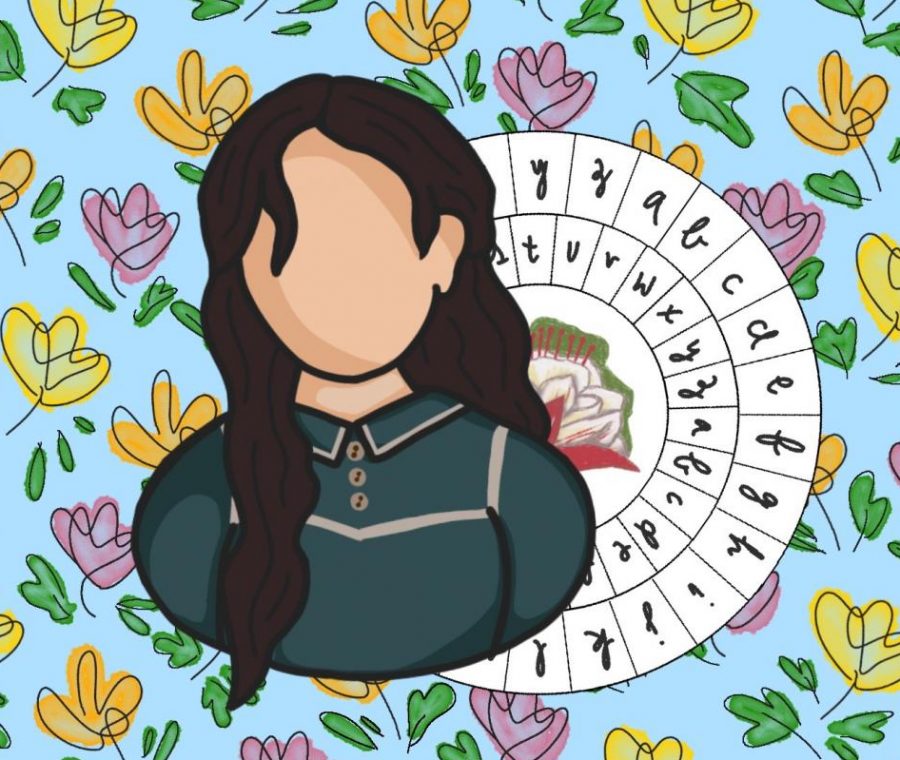

Stephanie Matheny • Apr 1, 2025 at 9:26 pm
I have been on the fence about seeing this movie. Thanks to your thoughtful and thorough review, I think I’ll save my time and money!
Beth Hambelton • Mar 30, 2025 at 5:21 pm
Charlotte, your review is quite thought provoking. I quite enjoyed the original Snow White and had not planned to see the modern version, but now I’m curious. I’m impressed by your deep dives into many idiosyncratic topics in this version. Keep up your great work!
Mrs. Hambelton
Pops Ham • Mar 30, 2025 at 5:03 pm
Very proud of your opinion, new vs old just doesn’t hit the mark of a very old timeless classic.